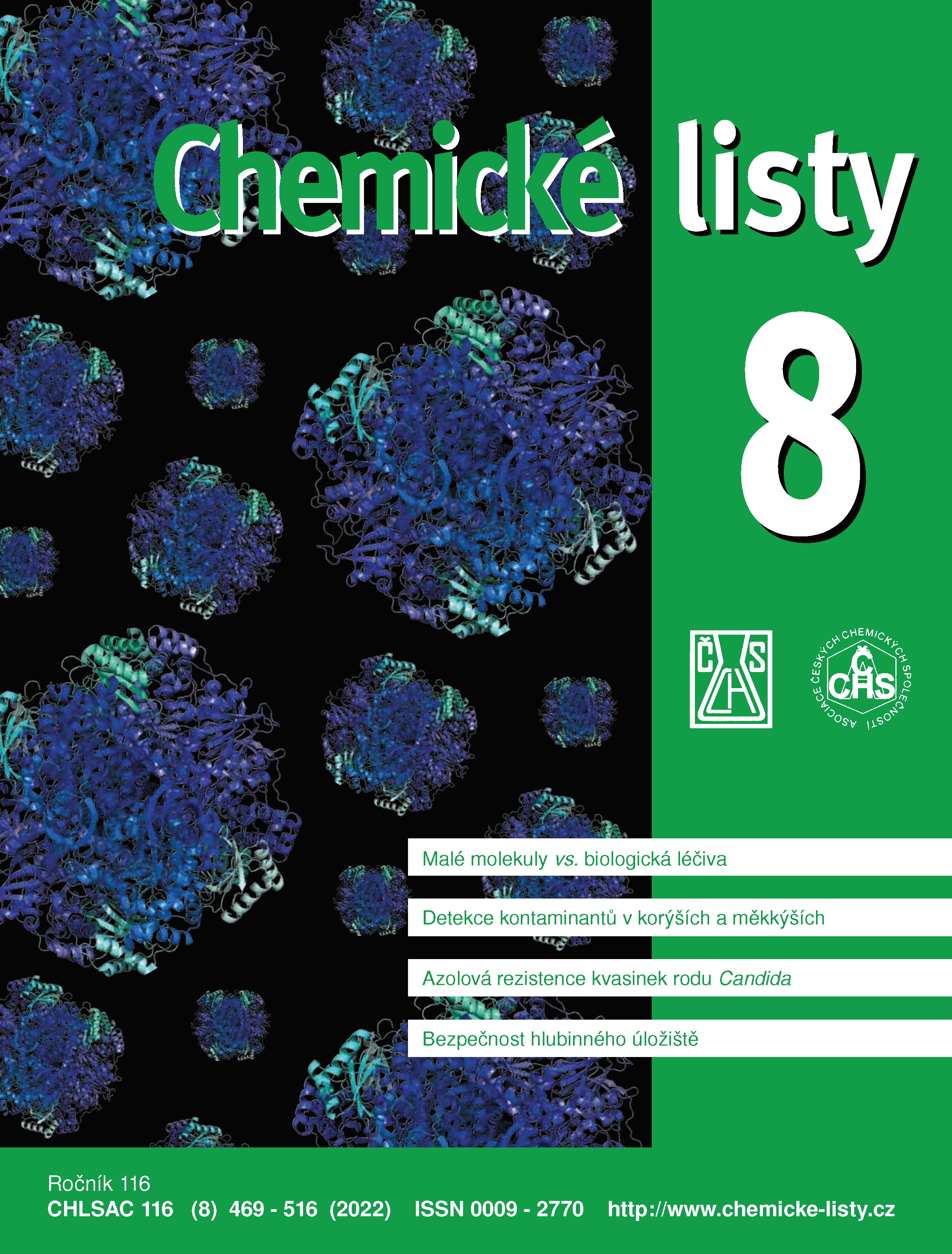Analytical Methods for the Detection of Contaminants in Crustaceans and Mollusks
DOI:
https://doi.org/10.54779/chl20220481Keywords:
cleaning the extract, GC-MS, contaminants, crustaceans, mollusks, PAH, QuEChERES, pesticide residuesAbstract
The paper overviews analytical methods for the detection of a variety of contaminants, such as pesticide residues, polyaromatic hydrocarbons, polychlorinated biphenyls, etc. in environmental samples – crustaceans and mollusks. Complexity of analyzed samples requires a sophisticated sample preparation: mostly two-step procedures include an extraction followed by a clean-up of the extract. QuEChERES technique complies with the requirements of the green analytical chemistry and is preferred for the isolation of pesticide residues. Polyaromatic hydrocarbons are extracted from samples utilizing Soxhlet extraction. For the isolation of a variety of contaminants, liquid-liquid extraction, ultrasound assisted and microwave assisted extraction, accelerated solvent extraction as well as matrix solid phase dispersion are employed. Because of the complexity of samples, a clean-up by sorbents or gel permeation chromatography are used. For the separation, gas or liquid chromatography connected with a variety of detectors may be used. However, mass spectrometry or tandem mass spectrometry are indispensable at present. Numerous real-life findings show the necessity of application of analytical methods to inspect the products.





